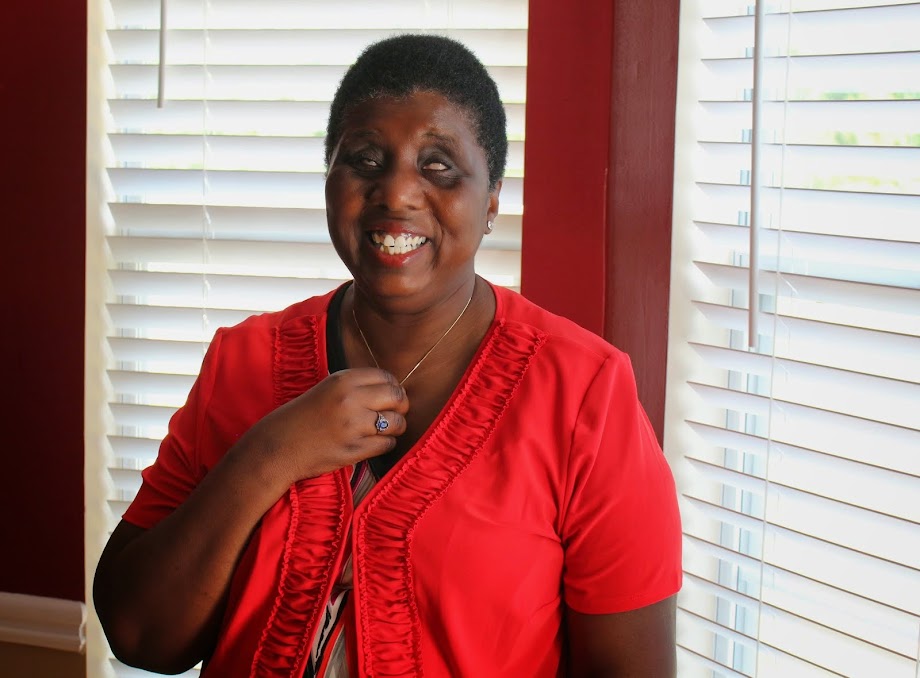Thanks to my daughter's web serfing I learned there would be a total lunar eclipse. She wanted to find a good place to view it. We didn't find the "perfect spot" but fortunately we had a decent view in from out front yard.
I went online for exposure settings so I'd have a jumping off point. Settings for photographing a full moon were as expected; use a tripod, cable release or two-second timer, F8 or F11 at 1/100 to 1/125 second at ISO 100, manual focus. I experimented with the white balance to see how that would affect the moon's color. You can see the different results here.
Getting exposures right once the moon darkened became more difficult. I started with the recommended settings of ISO 400 at f5.6 at 1 sec. We found this setting what we thought was overexposed and definitely noisy. We tried various combinations of ISO 200 and different shutter speeds. We decided to stay at f8 for a good compromise of detail and shutter speed. Although I was worried about a 3 sec exposure it gave us the best results. I was worried about the long exposure because I was afraid the camera would pick up ambient light from nearby street lights. I was also concerned about the natural movement of the moon and the earth's shadow. Final settings were ISO 200 at f8 for 3 seconds. A lunar eclipse is a good time to experiment because it lasts for hours, giving you time to experiment with different settings until you get a pleasing effect. Use these settings as a reference point. Your settings may vary based on how far the moon is from you. Yes, a few thousand miles make a difference.
When the moon started taking on an orange color my daughter and I tried to fix out exposure. The orange part of the moon had nice detail while the uncovered part was a blank white disk. Dispite all our efforts we couldn't get the uncovered part of the moon to show any detail. Later, when I was online I saw pictures from agencies that should know how to photograph a lunar eclipse with the same characteristic. http://earthsky.org/tonight/total-lunar-eclipse-blood-moon-hunters-moon-october-7-8-2014 and http://www.newsweek.com/photos-total-eclipse-moon-276099. We decided a camera will show this phenomenon; to avoid it, maybe you need a telescope. At lease something more powerful than a 300mm lens. I would welcome comments and recommendations on this issue.
I narrowed my many photographs to eighteen to make a slideshow. Individual images can be seen at http://www.blindaseyelook.com/Events/Lunar-Eclipse/October-8-2014/i-cdR2Bt3.
I am thankful that through the telephoto lens I could see the eclipse. The full moon looks like a bright light blue ball. Other phases look like a smaller, less bright ball. I don't see crescent moons and half moons. forget about craters. I could see detail on the moon and later the eclipse by using the live view feature through my camera's telephoto lens. When the moon turned orange I couldn't see it at all with my naked eyes but I could use my camera to see it.
